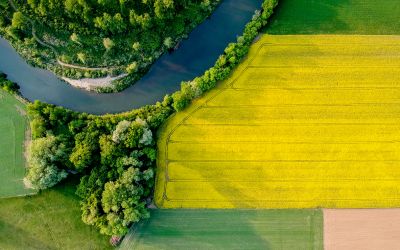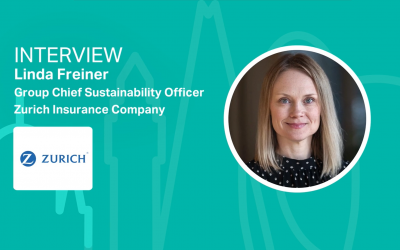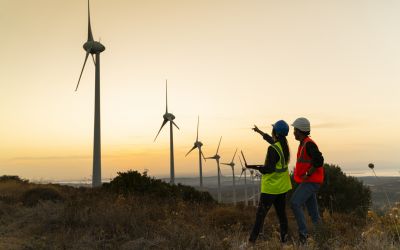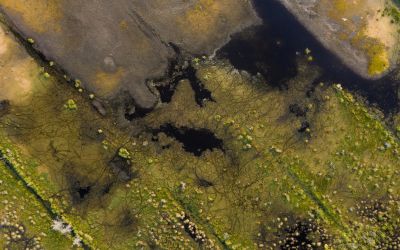New 20-Year Vision Launched to Protect Dartmoor’s Nature and Communities
A landmark plan led by the Duchy of Cornwall and the Central Dartmoor Landscape Recovery Project sets out a long-term roadmap to restore Dartmoor’s ecosystems, safeguard its carbon-rich peatlands, and support local communities in the face of mounting climate pressures.
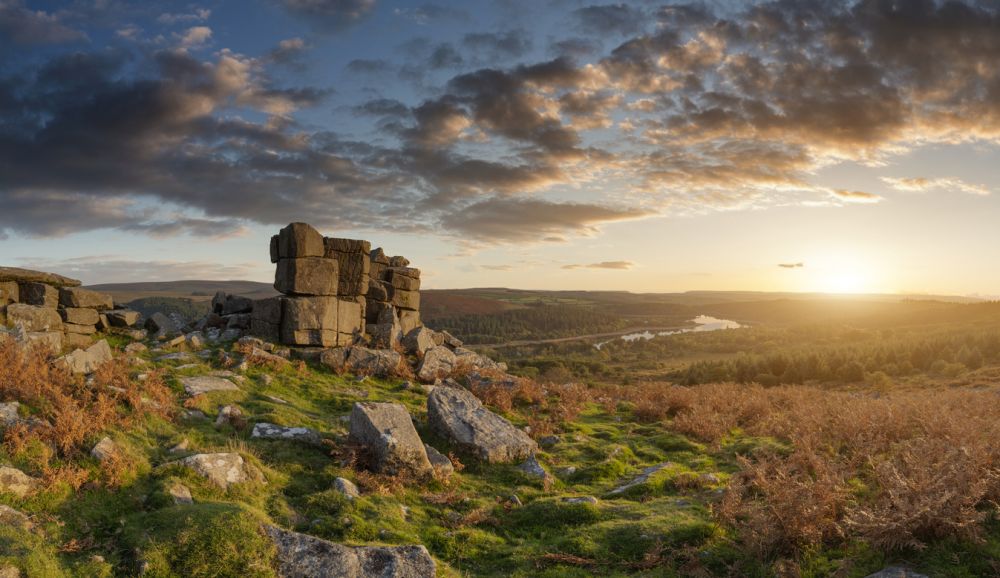
A pioneering long-term vision has been unveiled to secure the future of Dartmoor, one of the UK’s most iconic and fragile landscapes. Spearheaded by the Duchy of Cornwall and the Central Dartmoor Landscape Recovery Project, the new ‘Vision’ lays out a 20-year roadmap designed to restore nature, build climate resilience, and sustain rural livelihoods.
Dartmoor’s uplands, home to rare wildlife, habitats, and thriving communities, are facing mounting pressures as the climate changes. An eight-month study covering 22,000 hectares found that within 40 years, Dartmoor may experience 50% fewer frost days, with a 30% higher chance of a dry summer. Through evaporation and a lowering of the water table, Dartmoor may also lose its vast carbon stores of peatland, if global average temperatures rise by 2°C.
The Vision sets out a series of guiding principles aimed at restoring the health of Dartmoor’s ecosystems whilst ensuring local communities continue to prosper, over a 20-year roadmap. Key proposals include sustainable farming practices, such as ecologically-sensitive grazing, the expansion of species-rich grasslands, and stronger community support through affordable housing and rural skills training. It is hoped that the Vision will also lay the foundation for how other landscapes across the UK will be holistically and collaboratively managed, bringing together the views of a wide variety of stakeholders.
Central to the plan are three key areas of focus:
- “Closer, practical partnerships between landowners, farmers and wildlife teams fostering collaboration and mutual respect in what has historically been a contested landscape. A recognition that people are at the heart of Dartmoor, and continued collaboration, will be key to securing its future.”
- “A holistic strategy to address Dartmoor’s priority habitat challenges, focusing on coordinated public and private investment in restoring the area’s peatlands and upland mosaic habitats, vital for carbon storage, water retention, and biodiversity. This should involve continued collaboration with key stakeholders, including fire services, the military, commoners, and conservationists, to tackle issues such as wildfire risk and vegetation uniformity.”
- “Agri-environment schemes implemented at the catchment level, connecting river headwaters with their onward journey to the sea. These should be complemented by dynamic, nuanced grazing systems that allow sensitive habitats time to recover and regenerate, alongside targeted efforts to restore degraded areas, positioning Dartmoor’s farmers and livestock as vital stewards of the lands.”
HRH Prince William, The Duke of Cornwall, wrote in the foreword to the Vision: “To keep Dartmoor special, we must respond to the twin challenges of global warming and the requirement to restore nature, while ensuring the communities on Dartmoor can thrive.
The Dartmoor Vision shows us what might be possible and how that might be achieved. It is bold and ambitious and something that I hope, by working together, can be delivered for not just the current generation but for generations to come.”
Tony Juniper, Chair of Natural England commented: “The historic and beautiful landscapes of Dartmoor can once again be vibrant with characteristic wildlife, if common cause can be forged among those who work in and enjoy this wonderful place. I commend the inclusive approach taken by the Duchy of Cornwall and Central Dartmoor Landscape Recovery project in shaping this vision for Dartmoor. Natural England supports the key principles and actions, and we look forward to supporting its implementation both directly and alongside those people who live and work in this special place. We also believe the vision has a potentially important role in guiding the Land Use Management Group in the development of the land use framework and plan for Dartmoor’s protected sites.”
Read the press release and explore the Vision here.


